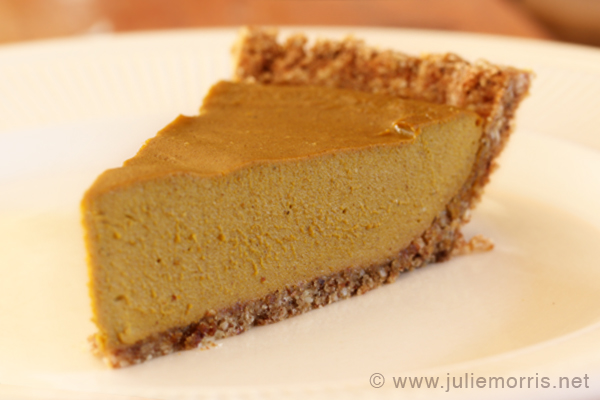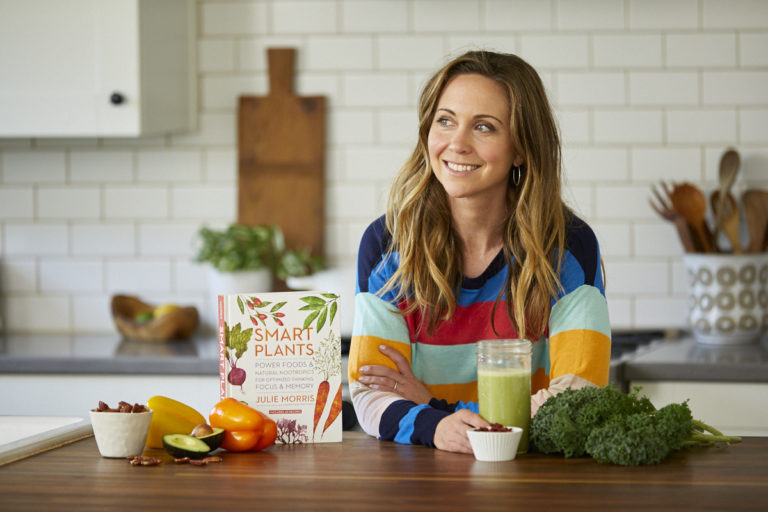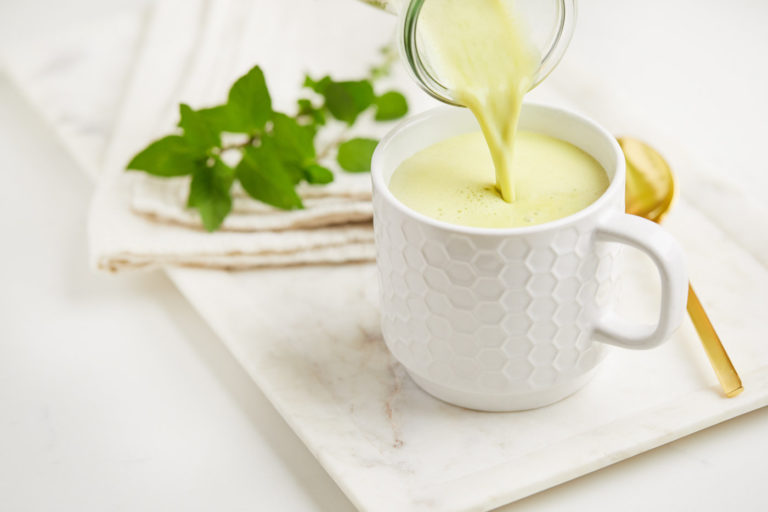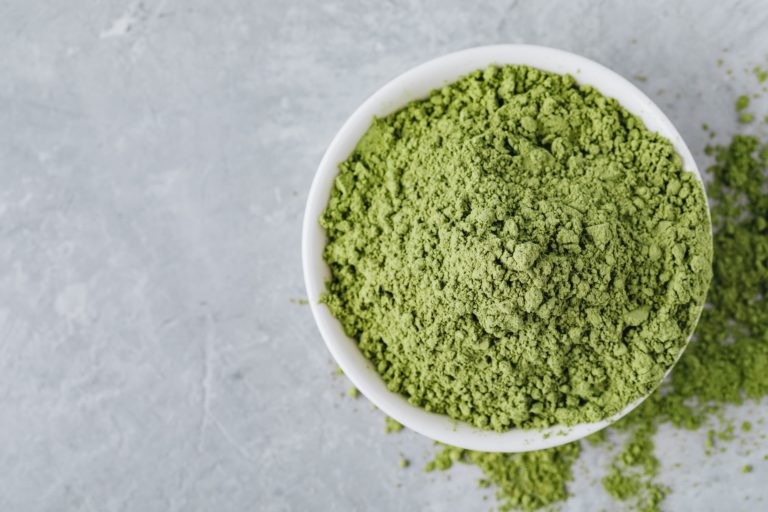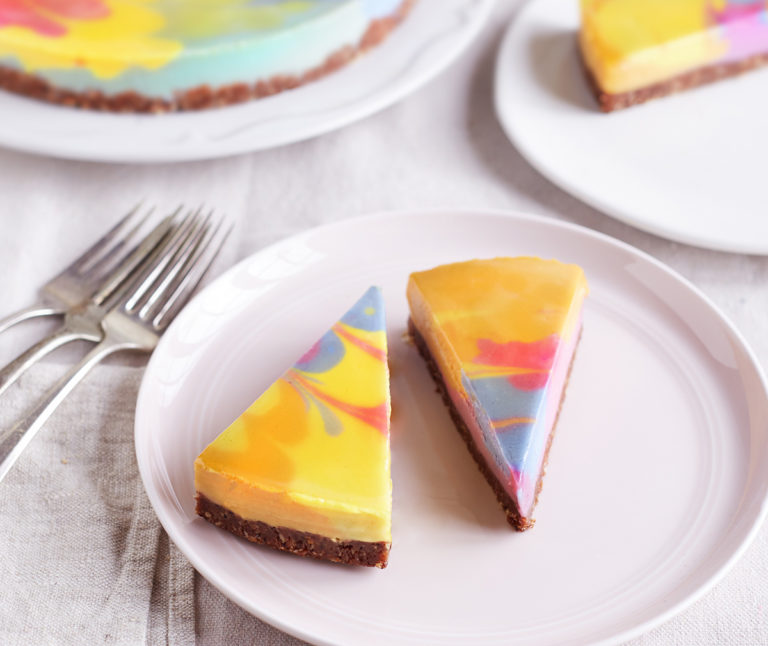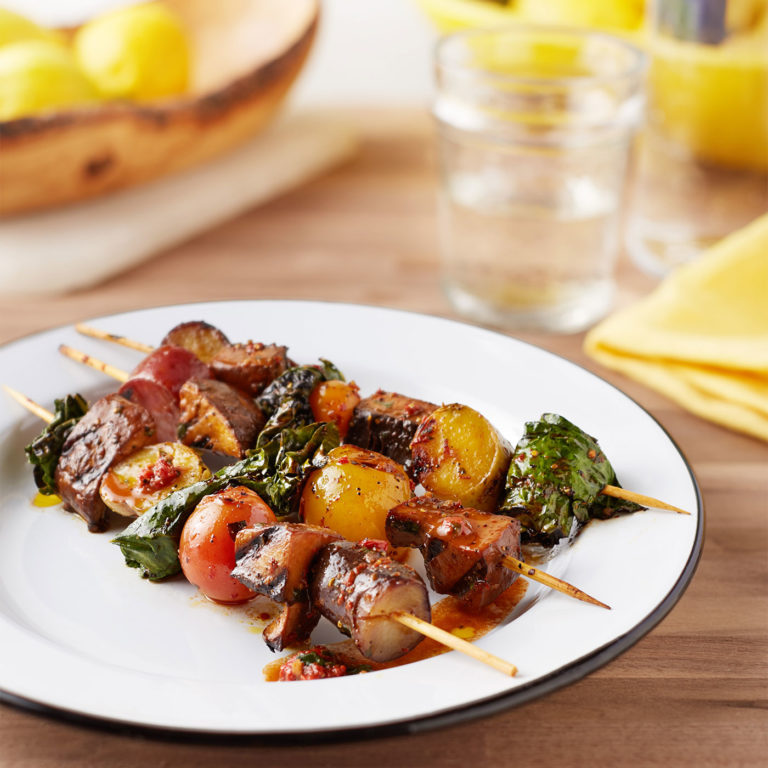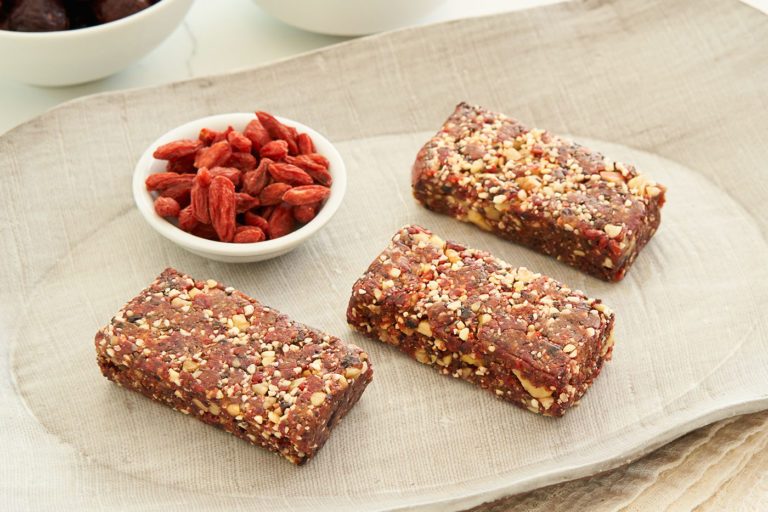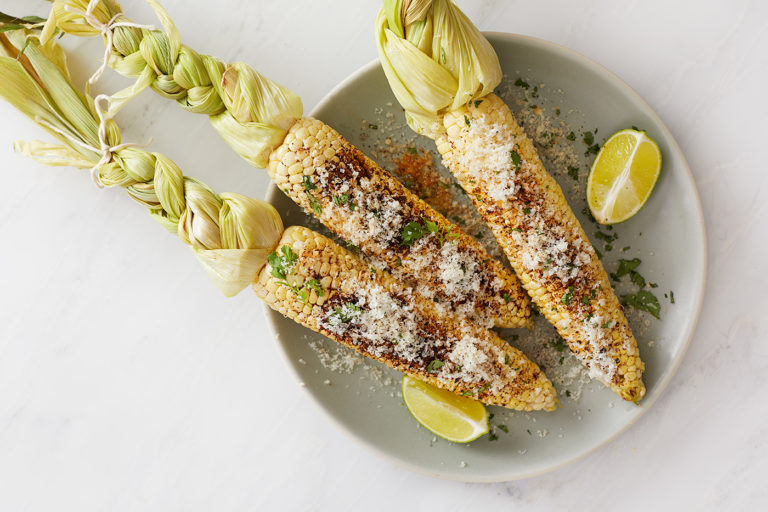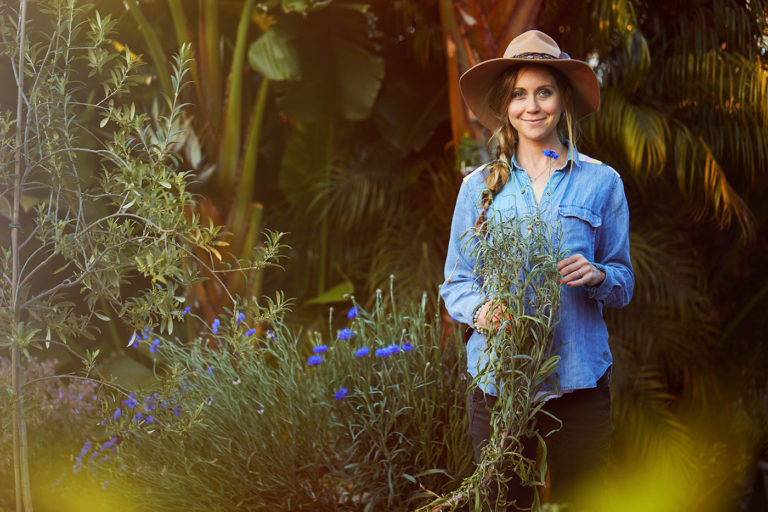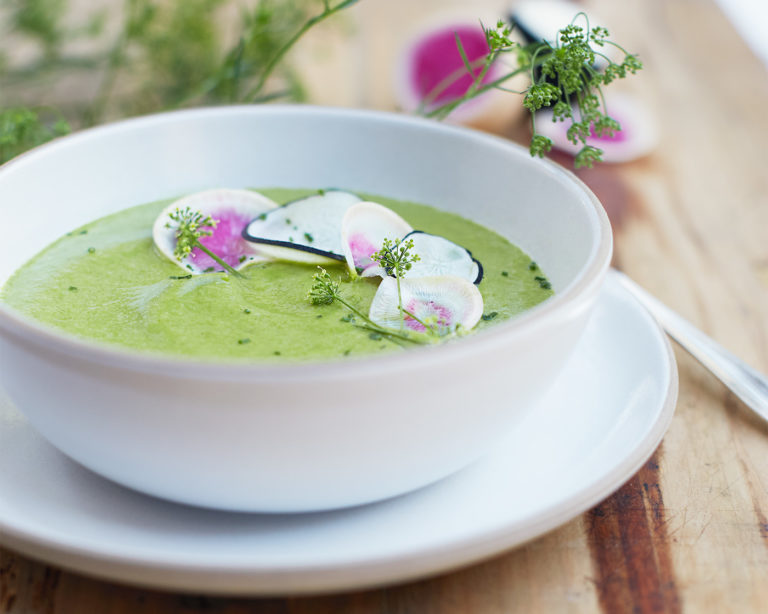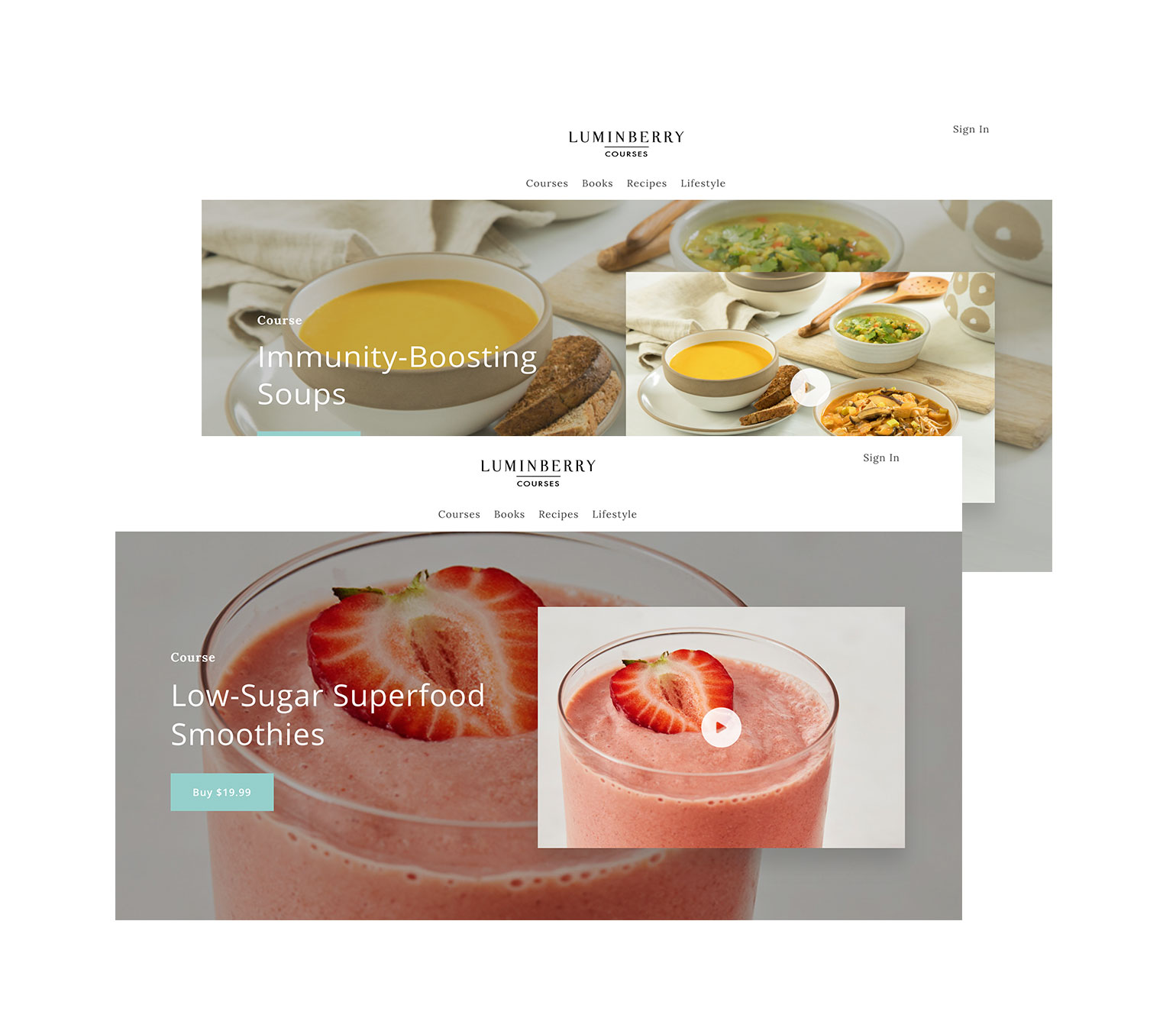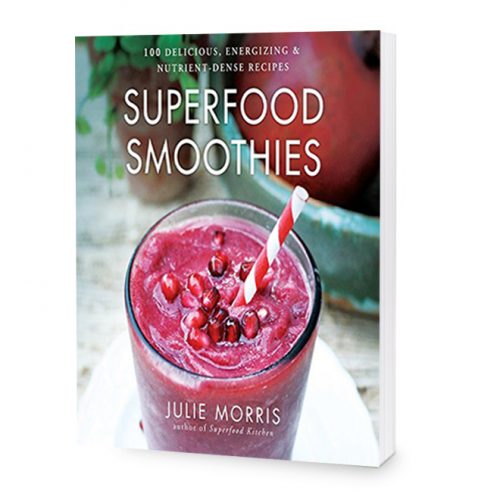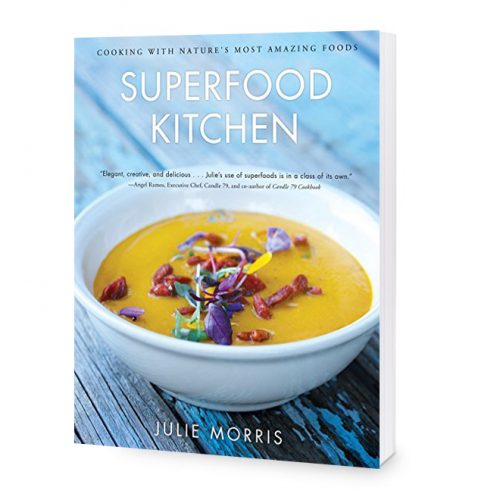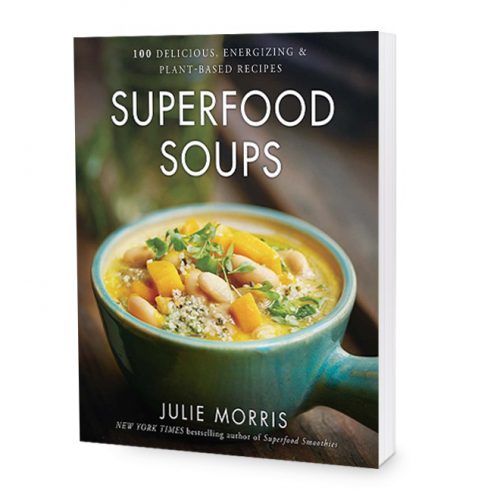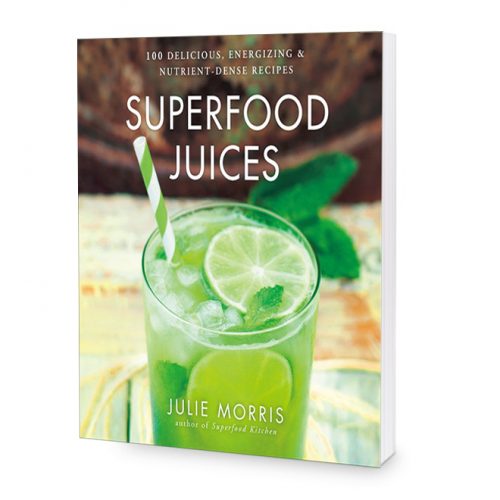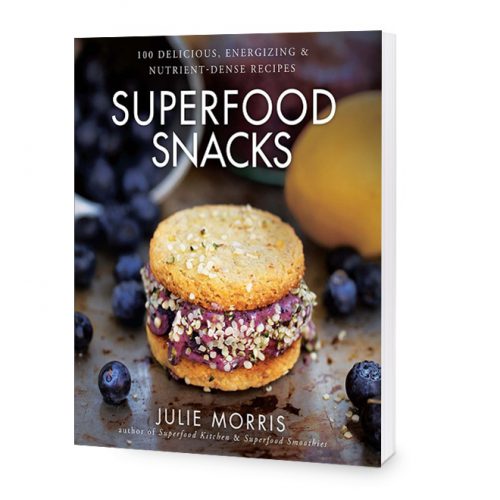I wonder, will you secretly judge me if I admit to you that I don’t really like pie?Every year I’m reminded of my pie-oriented “skeleton in the oven,” thanks to all the holiday festivities. You can usually spot me fighting a cringe, as one pie after the next is passed before me, and I have to spontaneously compose a new, polite way to decline.
I can’t help it — I don’t like traditional pastry crust (boring), I don’t like perfectly good fruits smothered in some sugar goo, and I’m terribly sorry, but that pretty lattice pattern adorning the top isn’t going to do anything to get me more excited. Luckily there is, however, one exception to my no-pie rule: pumpkin pie.
I really get amped over a good pumpkin pie. (To be honest, I invariably get amped over a good pumpkin “anything.”) But as much my love is genuine, I can’t help but feel our favorite orange globes have enjoyed a little too much pop-star-style dependence in the winter squash world. Pumpkins continually overshadow a vast, deliciously endowed, and diverse spectrum of beautiful winter squash, time and time again in recipes.
But not this year.
I don’t know who decides the “chic food trends,” but nonetheless this has really been the year of winter squash. These different “pumpkin cousins” have been the new darlings of farmer’s markets and chefs alike, and I am all too happy to participate in the fun. I have so many favorites: delicata, butternut, acorn, and for making pies, the undeniable winner in my book is kabocha squash — aka the “Japanese Pumpkin.”
With a pumpkin-esque shape, and bright beautiful orange flesh, kabocha appears to be very similar to a traditional pumpkin, with the exception of its dark green exterior skin. Where it really trumps other pumpkins though, is in its flavor. Kabocha is one of the most inherently flavorful squashes of all — which makes it ideal for a pie! What I love most about it though, is that it enables using a fraction of the amount of sweetener compared to a traditional pie recipe . . . and in this case that sweetener is healthy molasses-like yacon syrup. Together, these ingredients ensure that this pumpkin pie is not only superbly tasty, but that it also has something to truly be thankful for: health! Now that’s my kinda pie.
Japanese Pumpkin Pie Recipe:
Don’t be afraid of using fabulous kabocha squash instead of traditional pumpkin – it adds a sweetness and flavor that surpasses any other squash for pie, and allows for a low sugar dessert recipe. Ingredient notes: agar agar is a seaweed that is available in most health food stores. It has no taste whatsoever, it’s simple to use, and it allows the pie filling to set in the refrigerator instead of the oven. Yacon syrup is a beneficial low glycemic sweetener extracted from the yacon root.
INGREDIENTS:
For the pie:
2 cups pureed cooked kabocha squash (Japanese Pumpkin)*
1¼ cups water
1½ Tbsp agar agar powder
1 cup cashews
1/3 cup yacon syrup
1 Tbsp cinnamon powder
2 tsp ginger powder
½ tsp nutmeg powder
¼ tsp clove powder
1 tsp vanilla extract
For the crust:
1 1/2 cup almond flour (you can make this by grinding almonds in a food processor)
1/2 cup buckwheat flour
1/4 tsp sea salt
4 Tbsp coconut oil
1/2 Tbsp vanilla extract
1 Tbsp palm sugar
DIRECTIONS:
Make the crust first. Preheat the oven to 325 F. In a food processor, combine all the crust ingredients until a crumbly dough has formed. Dough should stick together when pressed – if not, add a touch more water. Press into a pie pan evenly, and bake for 25-30 minutes, or until edges just begin to brown. Remove from oven and let cool.
To make the filling, bring the water to a simmer in a small saucepan. Add the agar agar powder, and cook over low heat for about 2 minutes, or until powder is completely dissolved. Let cool for a moment, and pour into a blender.
Add the cashews into the agar mixture, and blend until a smooth milk has formed. Add the remaining ingredients and blend again to form a silky puree. Pour the warm mixture into the prepared pie crust, and place in the refrigerator for 2 hours, or until pie has set. Serve as desired.
*To make kabocha puree: Preheat the oven to 375 F. Slice a small squash in half and remove all the seeds and stringy material. Fill a baking tray with water about half an inch high. Place the the two halves face down in the water, place the tray in the oven, and bake for about 45-50 minutes or until squash is tender. Turn the squash upside down and let cool before handling.
Use a spoon to scrape out the orange flesh from the soft green rind. Place in a blender or food processor to whip into a puree. (The quantity for the above recipe is measured after the squash has been processed.)

